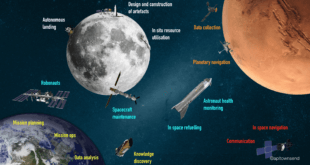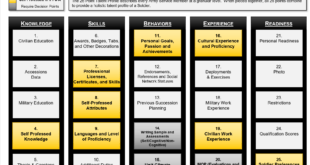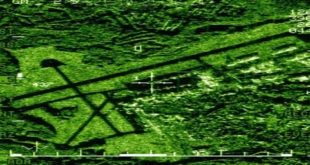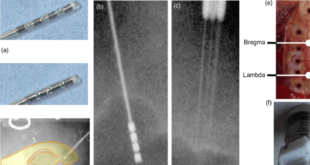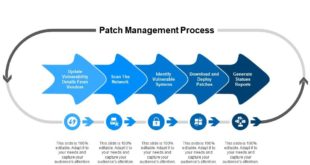UUVs—submersible unmanned vehicles—are divided into two categories: remotely operated underwater vehicles (ROVs) and autonomous underwater vehicles (AUVs). ROVs are controlled and powered by a person or crew on either land or neighboring craft via an umbilical or using remote control. The truly autonomous AUV systems are typically deployed from a …
Read More »AI and Machine Learning being employed by Space Agencies for space exploration and Space Force for Space Warfare
Artificial intelligence has long been transforming our daily lives and the daily operations of many businesses. From smart assistants like Siri and Alexa to more complex solutions that optimize business flow in large organizations, the technology has become so pervasive that it has almost become an inseparable companion. But AI’s power …
Read More »Vehicle to Grid (V2G) technology to decrease the overall cost of operating the commercial and military vehicle fleet
Vehicle electrification is one of the greatest developments in the automotive sector. Increasing apprehension about environmental fortification has prompted the research that greatly propelled the electric mobility around the globe. By 2025, 7 million electric vehicles are projected to be on the road in the US, with 5 million charge …
Read More »Army turns to data analytics and machine learning for skill identification, talent recruitment and development
The National Defense Strategy and the Army Strategy both point out that the global security environment is increasingly complex and shaped by several emergent trends. In the past, the Army has enjoyed a competitive advantage over any potential adversary in capital, technology, and people. More recently, however, near-peer, revisionist great …
Read More »Militaries developing Machine Learning Algorithms to decode Brain Signals for Brain-computer interface (or BCI)
Brain-computer interface (or BCI) is basically setting up a connection between the human brain and the computer device to control or to perform certain activity using brain signals. These brain signals are translated as an action for a device. The interface thus provides a one-to-one communication pathway between the brain …
Read More »US Navy modernizing it’s C4ISR for implementing it’s Information Superiority Vision
The Department of the Navy Chief Information Officer Aaron Weis has released the DON Information Superiority Vision in Feb 2020 which conveyed the DON’s vision for information superiority through our information, modernized network design, and our workforce; and defines our way forward. As stated by General David H. Berger, the 38th …
Read More »DOD regards Electromagnetic Spectrum (EMS) as a critical battlespace in its own right, and launch it’s Electromagnetic Spectrum Dominance Strategy
Successful military operations depend upon freedom of action in the warfighting domains of air, space, ground, sea, and cyberspace. Today, effective command and control and situational awareness depend upon radio communications and sensors. Domination of the electromagnetic spectrum (EMS) enables joint force commanders to gain tactical, operational, and strategic advantage …
Read More »DARPA MTR will develop algorithms to enable SAR sensors to detect, geolocate, and image moving ground and airborne targets.
The aim of ground surveillance is the large scale, continuous and near real time determination of a dynamical ground picture. This task comprises detection and tracking of moving single targets and convoys, mobile weapon systems, and military equipment. The sensors of choice are airborne Ground Moving Target Indicator (GMTI) radar …
Read More »Electrode Materials are key to Brain Computer Interface (BCI) technology
Every action our body performs begins with a thought, and with every thought comes an electrical signal. The electrical signals can be received by the brain-computer interface, consisting of an electroencephalograph (EEG) or an implanted electrode, which can then be translated, and then sent to the performing hardware to produce …
Read More »DARPA’s AMP to develop rapid, assuredly safe, and scalable software patches for reducing vulnerabilities of mission-critical systems
Our society’s infrastructure is increasingly dependent on software deployed on a wide variety of computing devices other than commodity personal computers, such as industrial equipment, automobiles, and airplanes. Unlike commodity computers that have short upgrade cycles and are easily replaceable in case of failure, these computing devices are intended for …
Read More » International Defense Security & Technology Your trusted Source for News, Research and Analysis
International Defense Security & Technology Your trusted Source for News, Research and Analysis

